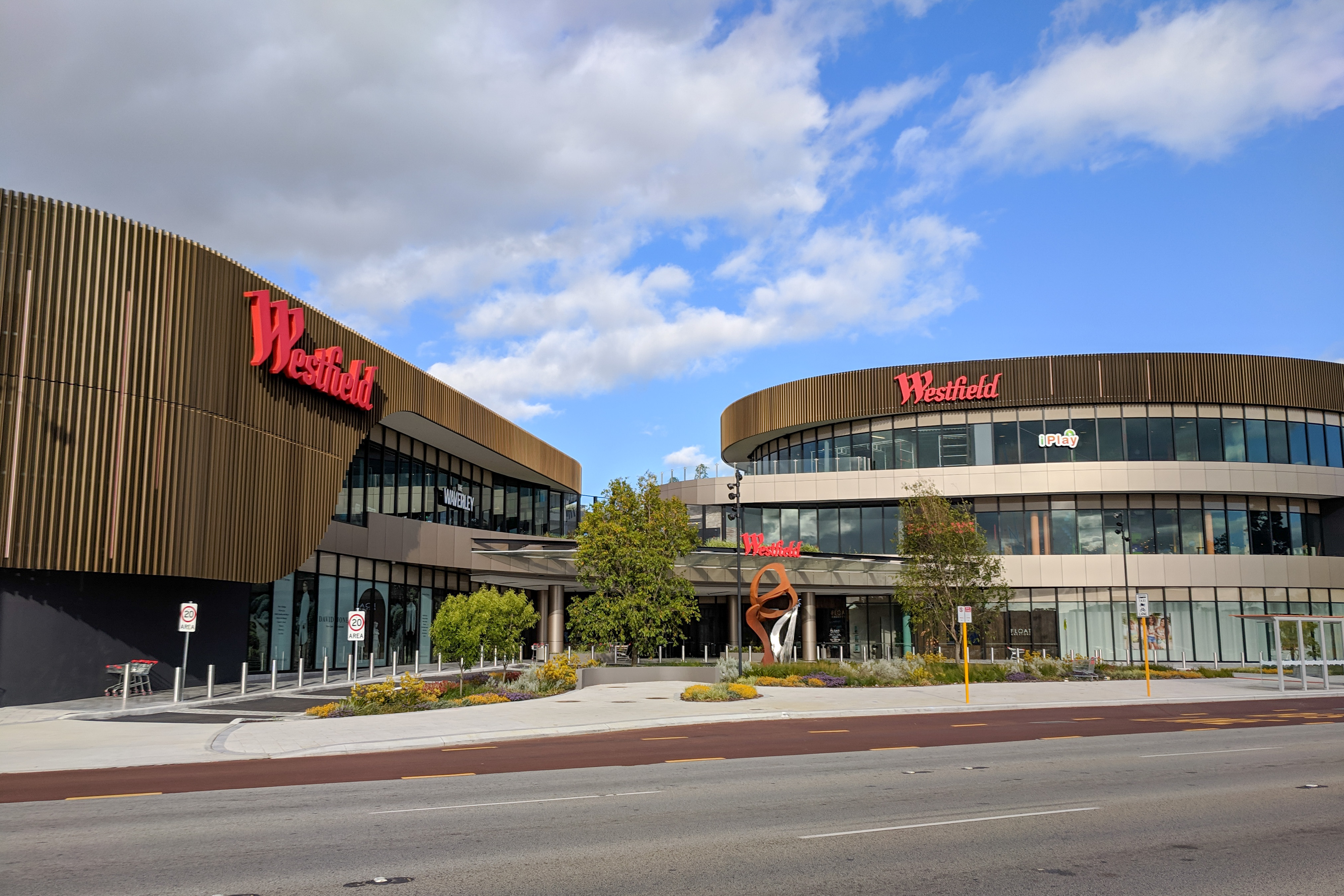
Westfield Shopping Centres - High End Residential Destinations
Westfield Shopping Centres - High End Residential Destinations
Scentre Group's Housing Strategy Exposes Financing Reality
After 25 years in financial services and technology, I've seen plenty of strategic pivots. But Scentre Group's move to transform Westfield shopping centres into residential developments represents something far more significant than opportunistic asset repositioning.
It's a masterclass in capital allocation and risk management that every CFO and commercial property investor should study.
Scentre Group is pursuing rezoning approvals for over 8,000 homes across its portfolio, with advanced discussions covering 4,000+ units at Warringah Mall and Tuggerah alone. The company controls 670 hectares of prime real estate in Australia's fastest-growing corridors.
The real story isn't the housing play itself. It's how they're structuring the financing to maximise optionality while minimising risk.
The Numbers Tell the Story
Let's examine the fundamentals. Australia's housing deficit has blown out to 197,847 units, with apartment construction falling from 24,800 units per quarter in 2017 to just 14,400 units in 2023.
From a financing perspective, this creates a compelling investment thesis. Scentre's 42 Westfield centres generated record sales of $29 billion in 2024, producing funds from operations of $1.132 billion. The company has confirmed a $4 billion pipeline including residential redevelopments on Westfield sites. That's a solid foundation for any CFO considering mixed-use development financing.
More importantly, the NSW government has designated Scentre as a "planning concierge development partner." In my experience building technology solutions for major banks, regulatory partnerships like this are worth their weight in gold. They dramatically reduce approval timeframes and financing risk. The NSW Low and Mid-Rise Housing Policy now allows increased residential density up to 6 storeys within 800m of major centres, providing the regulatory framework that makes these developments viable.
The Capital Structure Play
Here's where Scentre's strategy becomes brilliant from a financing perspective.
CEO Elliott Rusanow hasn't committed to building projects directly or partnering with residential developers. This optionality is exactly what sophisticated capital allocators should be doing – securing the highest-value component (development rights) before determining optimal execution.
Morgan Stanley analysts calculate that Westfield Hornsby alone could yield 330,000 square metres of built space, potentially generating $230 million if development rights are traded to third-party developers. That's pure value creation without construction risk. Legal analysis of Scentre's confirmed projects shows similar value creation opportunities at Hornsby, Belconnen, and across their rezoning pipeline.
This creates three distinct financing pathways:
Option 1: Retain development rights and secure construction financing – highest potential returns but maximum risk exposure.
Option 2: Sell rezoned land to capitalise immediately – lower returns but immediate cash realisation.
Option 3: Structure joint ventures with residential specialists – balanced risk-return profile with operational expertise.
Market Dynamics and Capital Availability
The broader commercial real estate financing landscape supports this strategy. CBRE's Shopping Centres Australia 2024 report notes the shift of major landlords like Scentre to residential and mixed-use models, with global capital flows increasing 31% year-over-year to $37 billion in H2 2024.
CBRE's Lending Momentum Index rose 13% quarter-over-quarter in Q3 2024, creating favourable conditions for large-scale development financing. Yet housing construction remains the least commercially attractive branch of construction, with builder profitability declining amid labour shortages. The National Housing Supply and Affordability Council identifies shopping centre redevelopments as a key component of addressing housing supply challenges.
This environment heavily favours well-capitalised players with strategic assets and diverse financing access – exactly Scentre's position.
Three Critical Financing Insights
Scentre's approach reveals fundamental shifts in commercial real estate financing that every market participant should understand:
Flexible Capital Structures Are Essential: Traditional retail financing models can't accommodate mixed-use development complexity. Success requires access to construction financing, development capital, and potentially residential mortgage facilities. The days of single-purpose facility structures are ending.
Regulatory Relationships Create Competitive Moats: Scentre's "planning concierge" status demonstrates how government partnerships streamline approval processes. Having worked on digital transformation projects with major institutions, I can tell you that reducing regulatory friction creates enormous value – it compresses timelines, reduces costs, and improves financing certainty.
Optionality Has Measurable Value: By securing rezoning approvals before committing to development approaches, Scentre creates multiple exit strategies. This flexibility attracts diverse financing sources and reduces capital requirements. Smart CFOs will recognise this as real options theory in practice.
What This Means for Market Participants
The Scentre model will become the template for strategic asset repositioning across Australia.
For CFOs and finance directors: Expect other major property owners to pursue similar strategies, particularly those controlling well-located retail assets in high-growth areas. The combination of housing shortages, government support, and improving financing conditions creates a compelling opportunity window.
For commercial mortgage brokers: Financing structures will evolve to accommodate these hybrid strategies. Traditional property development financing assumes linear progression from land acquisition through construction to sale. Mixed-use repositioning requires more sophisticated capital solutions and broker expertise.
For real estate investors: Global investors will increasingly target Australian commercial real estate repositioning opportunities. The housing crisis creates predictable demand, while government partnerships reduce regulatory risk.
For lenders: This represents a fundamental shift in risk assessment. Mixed-use developments require understanding both retail cash flows and residential development risks. The winners will be those who can price this complexity accurately.
The Technology Imperative
Having spent years building digital solutions for global financial institutions, I can see where this is heading.
Scentre's success requires sophisticated financing coordination across multiple asset classes, regulatory jurisdictions, and development phases. Traditional financing processes – with their manual documentation, fragmented communication, and lengthy approval cycles – simply can't handle this complexity.
The market is demanding platforms that can streamline complex transactions while connecting global capital with strategic opportunities. This isn't just about efficiency – it's about enabling entirely new financing structures that weren't previously viable.
The winners will be those who can navigate this complexity with speed and certainty. The market is rewarding strategic thinking over traditional approaches.
Scentre Group just showed everyone the playbook. The question now is who will execute it best.
References
• NSW Department of Planning – Low and Mid-Rise Housing Policy
• NSW Department of Planning – Housing Supply Forecast
• CBRE – Shopping Centres Australia 2024
• Scentre Group – Operating Update
• Two Birds – From Shopping Centres to Mixed-Use Projects
• National Housing Supply and Affordability Council – State of the Housing System 2024
• CBRE – H2 2024 Global Real Estate Capital Flows
• Commercial Real Estate Australia – Westfield Housing Development Plans

